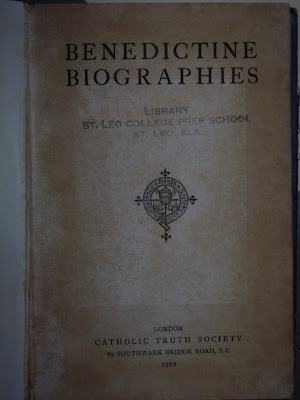
Consider giving a gift from a Benedictine monastery this Christmas.
Yes, I know it is a problem to get in your car or board your plane to find Benedictine monasteries with gift shops. What will you do, what will you do?
Not to worry. Here are six Benedictine monasteries on three continents with online gift shops, three from sisters and three from monks. How about that?
Sisters' Online Shops
1. Benedictine Sisters of Perpetual Adoration, Clyde, Missouri
2. The Benedictine Sisters of the Monastery of St. Gertrude, Cottonwood, Idaho.
3. Jamberoo Abbey, Australia
Monks' Online Shops
1. St. Leo Abbey Pilgrim Gift Shop, St. Leo, Florida
2. St. Benedict Monastery in Oxford, Michigan
3. Ampleforth Abbey, United Kingdom
You will find special and unique gifts for your family and friends. Many gifts have that distinctive Benedictine monastic style.
You will also be supporting the ancient monastic traditions of monks and sisters selling products to help maintain their monastic way of life — think of it as your double gift.






























